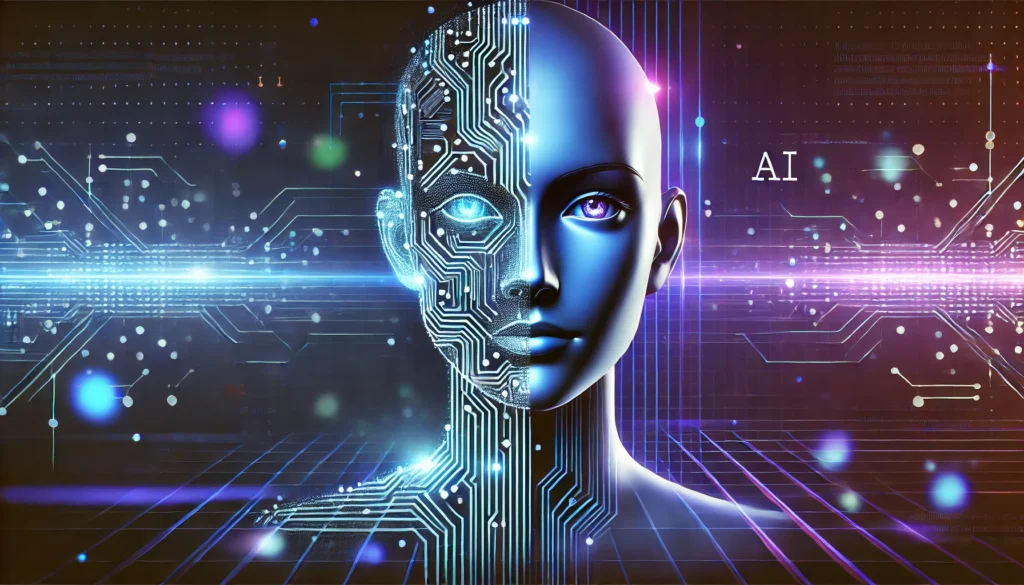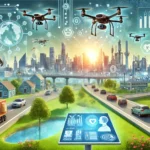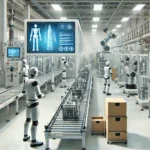Artificial intelligence and machine learning are two of the most exciting and rapidly evolving technologies in the modern world. While many people use these terms interchangeably, they have distinct meanings and applications. However, combined, they can revolutionize industries, reshape economies, and improve everyday life.
In this article, we will explain artificial intelligence and machine learning, explore their differences, explore their current applications, and examine their future potential. We’ll also discuss how they complement each other to create more intelligent systems, leading to innovations across healthcare, finance, manufacturing, and beyond.
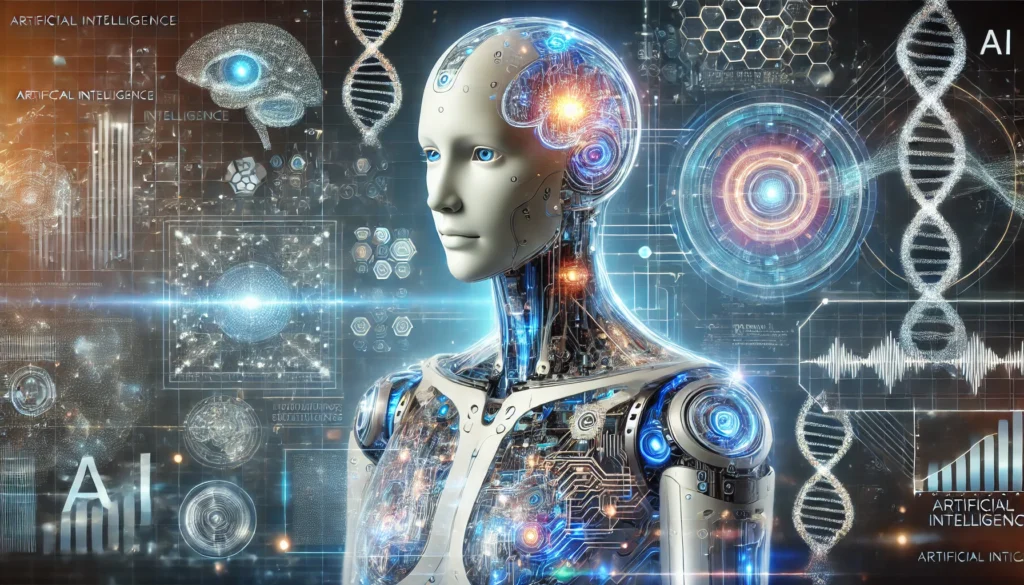
What is Artificial Intelligence (AI)?
Artificial Intelligence refers to creating machines or software to perform tasks that require human intelligence. These tasks include decision-making, speech recognition, problem-solving, and visual perception. AI systems are designed to replicate human cognition, and as technology progresses, they can perform tasks more efficiently.
AI can be classified into two categories: Narrow AI and General AI.
- Narrow AI: This form of AI is designed for specific tasks, such as voice assistants (e.g., Siri), chatbots, or recommendation systems like those used by Netflix or Amazon. Narrow AI excels in its designated task but cannot perform functions outside its programming.
- General AI: This is the more futuristic version of AI, which can perform any intellectual task a human can.
Understanding Machine Learning (ML)
Machine learning, a subset of artificial intelligence, focuses on building systems that can learn from data and improve performance without being explicitly programmed. In simpler terms, machine learning allows computers to recognize patterns in data and make decisions based on that information.
There are several types of machine learning, including:
- Supervised Learning: The model learns using labeled data, which pairs input data with the desired output. The system learns to map inputs to outputs.
- Unsupervised Learning: The model is given input data without labeled outputs. The system tries to independently identify patterns and structures within the data.
- Reinforcement Learning: In this type, the model learns by interacting with an environment and receiving feedback through rewards or penalties, much like humans learn through trial and error.
Machine learning algorithms improve as they process more data. This capability allows them to make predictions and decisions that are often more accurate than human judgment.
How Artificial Intelligence and Machine Learning Work Together
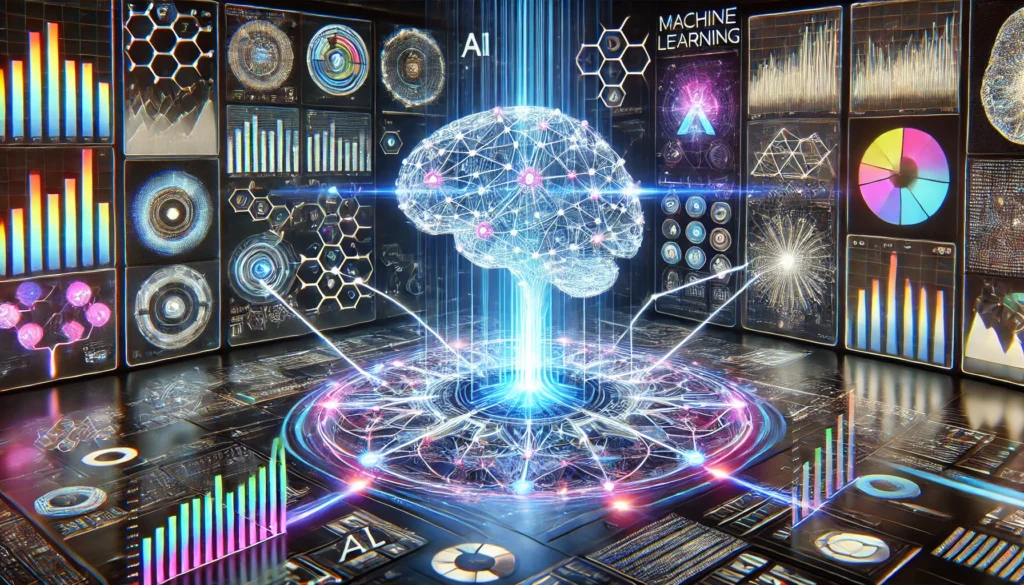
While artificial intelligence and machine learning are different, they are closely related. Machine learning is often a key part of many AI systems. AI systems rely on data-driven insights to improve and optimize their performance. Machine learning provides the tools to process and learn from that data, making AI smarter over time.
For example, AI-driven healthcare applications use machine learning to analyze medical images, predict patient outcomes, or recommend treatment plans. Without machine learning, these AI systems couldn’t evolve or adapt based on new data.
Applications of Artificial Intelligence and Machine Learning
1. Healthcare Transformation with AI and ML
Artificial intelligence and machine learning are playing a significant role in healthcare. Scientists and researchers use these technologies to diagnose diseases and develop personalized treatment plans. Machine learning models are particularly good at analyzing large datasets, such as medical images, and identifying patterns that might go unnoticed by human doctors.
- Disease Diagnosis: AI-powered systems can analyze medical data, such as X-rays, MRI scans, and blood tests, to diagnose diseases with high accuracy.
- Drug Development: Researchers use machine learning to predict how drugs interact with the human body, speeding up drug discovery.
- Personalized Medicine: AI and machine learning can analyze a patient’s genetic makeup, lifestyle, and medical history to suggest the best course of treatment.
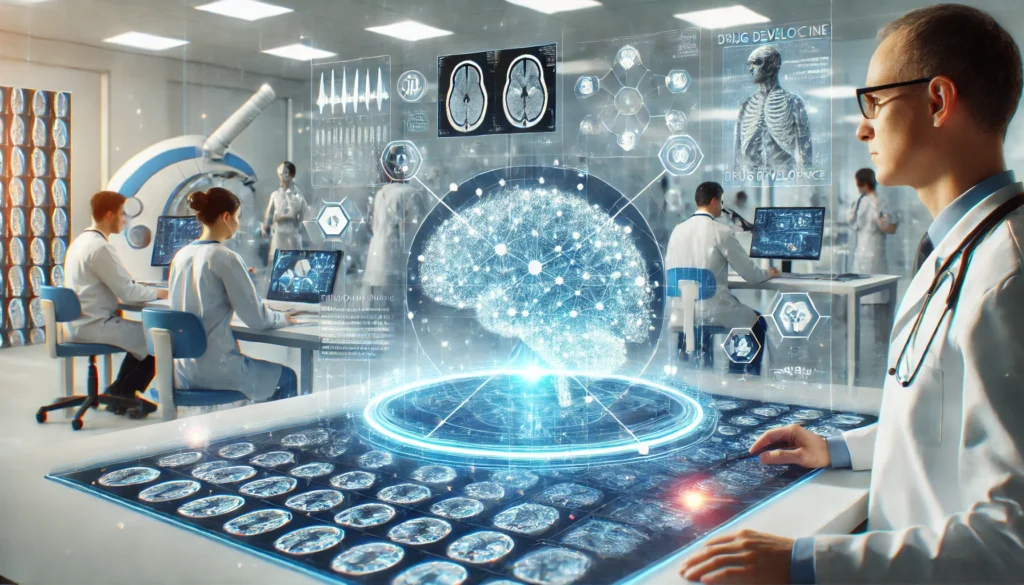
2. Finance and Banking: Automation and Decision-Making
In finance, experts apply artificial intelligence and machine learning to predict stock market trends, detect fraud, and automate tasks like customer service. Machine learning models can analyze historical financial data to detect patterns that human analysts might miss.
- Fraud Detection: AI-powered systems analyze transaction data in real-time to identify unusual patterns and flag potential fraudulent activity.
- Algorithmic Trading: AI systems can make trading decisions based on real-time data, which helps reduce human bias and increase profitability.
- Customer Service: Chatbots powered by AI and machine learning provide round-the-clock assistance to customers, answering questions and solving issues more efficiently than traditional methods.
3. Retail and E-Commerce: Personalization and Automation
E-commerce platforms increasingly use artificial intelligence and machine learning to personalize the shopping experience. AI algorithms can analyze customer behavior, preferences, and purchase history to recommend products likely to appeal to each shopper.
- Product Recommendations: Platforms like Amazon use machine learning to suggest products based on past purchases and browsing history.
- Inventory Management: AI-powered systems predict which products will be in demand, helping retailers optimize their inventory and avoid stockouts.
- Chatbots for Customer Service: Many e-commerce websites employ AI-driven chatbots to assist customers with their inquiries, reducing the need for human intervention.
4. Manufacturing: Optimizing Production Processes
The manufacturing industry also benefits from integrating artificial intelligence and machine learning. These technologies optimize production lines, predict equipment failures, and improve safety standards.
- Predictive Maintenance: Machine learning algorithms can predict when machines will fail, allowing businesses to perform maintenance before a breakdown occurs, saving costs and preventing downtime.
- Quality Control: AI systems are used for real-time inspection of products during manufacturing, ensuring that defects are detected and addressed promptly.
- Supply Chain Optimization: AI and machine learning help manufacturers optimize their supply chains, reducing costs and improving delivery times.
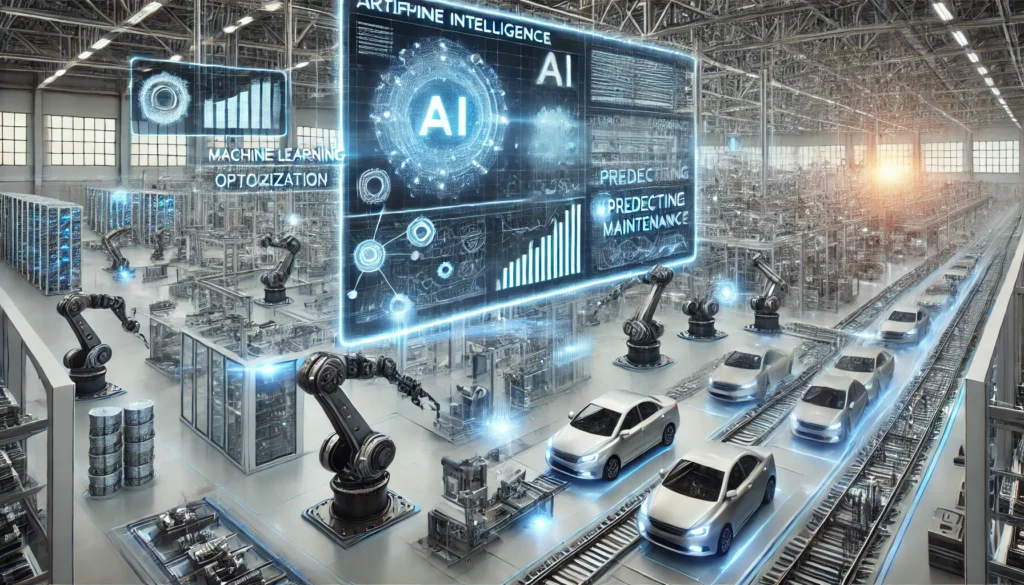
5. Autonomous Vehicles: The Future of Transportation
Autonomous vehicles, such as self-driving cars, rely heavily on artificial intelligence and machine learning. These vehicles use machine learning algorithms to process sensor data, navigate through traffic, and make real-time decisions on the road.
- Object Recognition: AI-powered systems can identify pedestrians, other vehicles, and road hazards, allowing self-driving cars to react quickly and avoid accidents.
- Route Optimization: Machine learning algorithms help self-driving cars determine the fastest and safest routes, factoring in real-time traffic data.
The Future of Artificial Intelligence and Machine Learning
The future of artificial intelligence and machine learning is auspicious. We can expect even more sophisticated applications in various fields as these technologies evolve.
- More intelligent AI Systems: We can expect AI to become more autonomous and capable of making decisions without human intervention. These systems will be more intuitive and adaptive.
- AI Ethics and Regulation: As AI becomes more integrated into daily life, there will be an increased focus on the ethical implications of these technologies, including concerns around privacy, bias, and job displacement.
- AI and Creativity: AI is also used to enhance creativity, with algorithms generating artwork, music, and news articles.
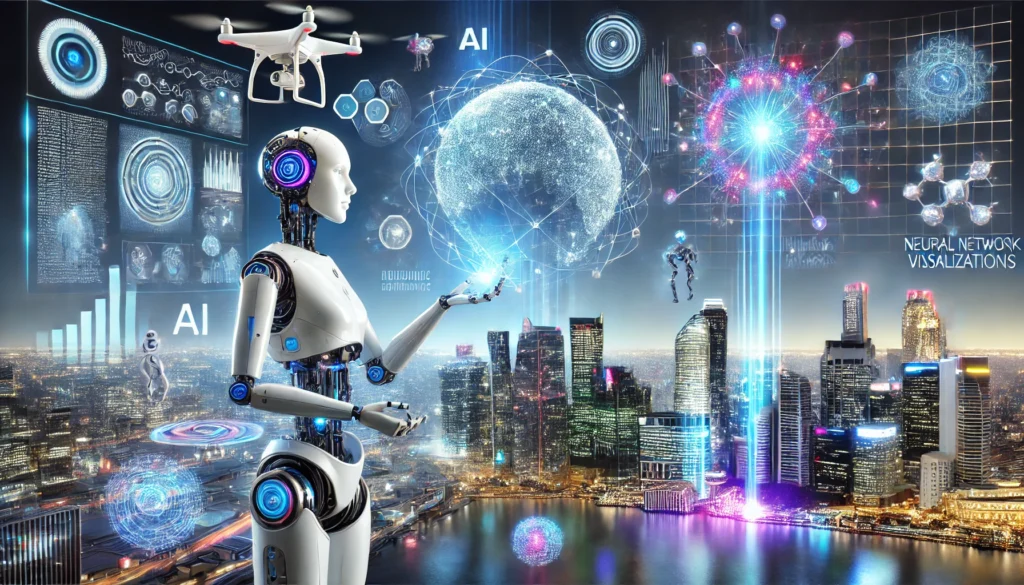
Conclusion
In conclusion, artificial intelligence and machine learning are not just buzzwords but potent technologies already changing the world. From healthcare to finance, retail to manufacturing, AI and ML provide innovative solutions that drive efficiency, reduce costs, and improve outcomes.
As AI and machine learning advance, their potential is virtually limitless. However, the path forward will require careful consideration of ethical, social, and economic implications. By harnessing these technologies responsibly, we can build a future where artificial intelligence and machine learning are used to benefit all of humanity.
FAQs
Q1: What is the difference between AI and machine learning?
Artificial Intelligence (AI) refers to creating systems that mimic human intelligence. At the same time, Machine Learning (ML) is a subset of AI that focuses on learning from data to improve decision-making.
Q2: How does machine learning improve over time?
Machine learning improves by learning from more data. The more data it processes, the better it becomes at making accurate predictions and decisions.
Q3: What are some typical applications of AI in everyday life?
AI is used in virtual assistants like Siri, recommendation systems on Netflix, customer service chatbots, and autonomous vehicles.
Q4: Are AI and machine learning the same thing?
No, while they are related, they are different. AI is the broader concept of creating intelligent systems. At the same time, machine learning focuses on algorithms that allow machines to learn from data.
Q5: What industries benefit most from AI and machine learning?
AI and machine learning are greatly benefiting industries like healthcare, finance, manufacturing, retail, and transportation. These technologies are streamlining processes, improving efficiency, and creating new opportunities.

